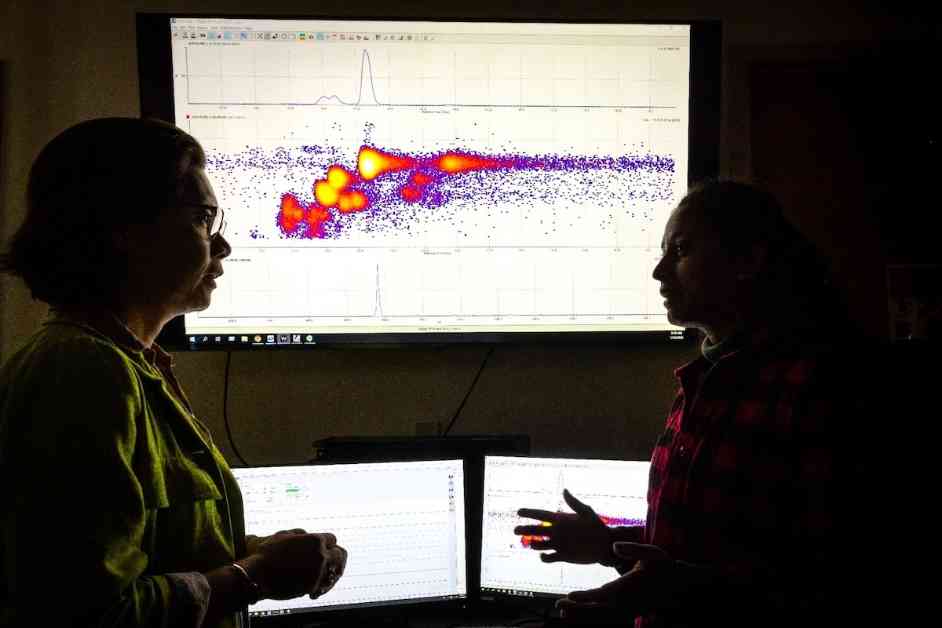Scientists Discover Bacteria That Break Down PFAS Chemicals
In a groundbreaking study led by researchers at the University of Buffalo, a team of scientists has discovered a strain of bacteria capable of breaking down per- and polyfluoroalkyl substances (PFAS), also known as “forever chemicals.” These chemicals, notorious for their resistance to degradation and widespread presence in consumer products, have raised concerns due to their persistence in the environment and potential health risks.
Effectiveness of Bacteria in Breaking Down PFAS
The bacteria Labrys portucalensis F11 has shown remarkable effectiveness in degrading three types of PFAS, including perfluorooctane sulfonic acid (PFOS), a hazardous chemical designated by the U.S. Environmental Protection Agency (EPA). The study found that the bacteria degraded over 90% of PFOS after a 100-day exposure, with significant reductions in other PFAS compounds as well.
Novel Approach to PFAS Remediation
Unlike traditional methods that focus on removing PFAS through adsorption, the use of bacteria offers a new approach to breaking down these chemicals and their toxic byproducts. The researchers’ findings, published in the journal Science of The Total Environment, highlight the potential of bacteria-mediated degradation as a promising solution for PFAS contamination.
Future Research and Implications
While the study marks a significant breakthrough in PFAS remediation, further research is needed to optimize the bacteria’s performance and explore potential applications in wastewater treatment plants. The researchers are investigating ways to enhance the bacteria’s efficiency in degrading PFAS and minimize the time required for complete remediation.
Expert Insight and Continued Study
Professor Diana Aga, the study’s corresponding author, emphasized the importance of understanding the bacteria’s metabolic processes and the environmental factors that influence their effectiveness. By studying the interactions between bacteria and PFAS, researchers aim to develop innovative strategies for addressing PFAS contamination and safeguarding environmental and human health.
As we navigate the complex challenges posed by environmental pollution and emerging contaminants like PFAS, innovative solutions like bacteria-mediated degradation offer hope for a more sustainable future. By harnessing the power of nature to combat harmful chemicals, scientists are paving the way for transformative approaches to environmental remediation and protection. Let’s stay informed and engaged in supporting research efforts that hold the key to a cleaner, healthier planet for future generations.














